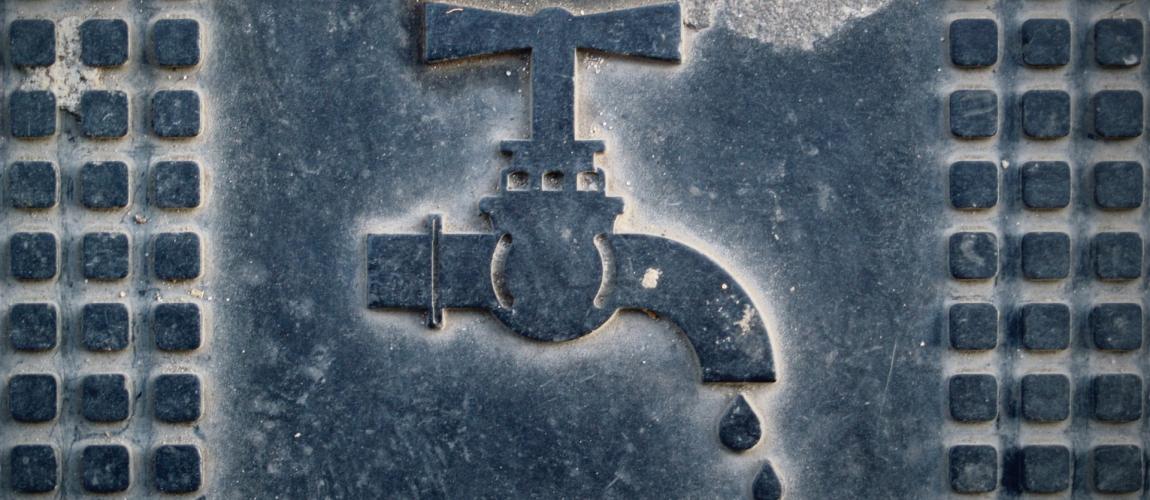Water Regulation: Self-Regulation

Photo Credit: Image by Tibor Janosi Mozes from Pixabay
Under self-regulation, the public service provider regulates its own activities, sets tariffs and performance standards, and monitors performance. The utility is typically accountable to a third party, such as a board of directors (as for many public utilities in the United States, where the municipality—for example, the city of San Francisco—is providing the service) or a monitoring body, such as a city council (with or without a formal contract). The majority of LGU service providers in the Philippines are currently self-regulating, although in practice very little self-regulation takes place, resulting in low tariffs and underinvestment in many of the LGUs. Many self-regulating models also lack uniformity in performance or, indeed, in tariff setting, with huge variations from one service provider to another. As described in its case study, Cambodia manages to have one central provider that self-regulates, but it is a very centralized country with a unified water system. It is often argued that in sectors that have competition, such as telecommunications, market forces are sufficient to keep pressure on tariffs and performance, allowing the sector to “self-regulate.” Most countries with public service providers have not seen the necessity of creating a separate regulatory function for the water sector, assuming that the public utility is accountable to its customers and to the public through the ballot box and other public accountability mechanisms and less likely than private sector providers to try to exploit its consumers through high tariffs. As noted above with relationship to the United States, Colombia, and the Philippines, many public service providers are largely self-regulating, or they have boards overseeing them that are accountable to the legislature (as in the case of the city of San Francisco). In France, most publicly operated water utilities have no separate accountability mechanism, although the municipalities and communes themselves may have performance contracts with central government regarding financing. In Australia, a number of public providers are still either self-regulating or regulated by a higher level of government, although use of public and/or essential service commissions to provide regulated public utilities has increased (as in the United States, as well). While not uniformly so, self-regulation in the water sector has tended to lead to low tariffs and limited investment or asset planning—this is the case in India and was the case in Uganda before performance contracts were introduced—and service levels tend to be lower. Benchmarking and customer consultation also seem to be less common. Water sector regulation in Phnom Penh is an unusual case, as the functions of policymaking, regulation, and service provision are combined in one national body.[1]It has proved relatively successful, but Cambodia has a highly centralized government. In the early 1990s, the government of Cambodia, together with international partners, developed a master plan for the Phnom Penh Water Supply Authority (PPWSA) to improve services and efficiency and reduce bureaucracy. Among the measures prioritized by the PPWSA were improvement of water metering and quality of the workforce. The government of Cambodia also decided to make PPWSA financially self-sufficient and gave it the right to operate along commercial lines without any political interference, with some checks and balances stipulated by the country’s legislation. PPWSA introduced a number of measures to make itself self-sufficient: As a result of careful price analysis combined with improved water services, PPWSA gradually raised tariffs, which enabled it to make the investments needed to provide twenty-four-hour uninterrupted water services in Phnom Penh by 1995. By 1996, the authority had introduced a fully computerized, up-to-date database of customers, which significantly improved revenue collection. By 2001, there was 100 percent metering. PPWSA introduced subsidies for poor households of between 30 percent and 100 percent of the connection fee, plus reduced tariffs. As a result of measures undertaken by the management of PPWSA and the government, from 1993 to 2008 annual water production increased by 437 percent, the distribution network by 557 percent, pressure in the system by 1,260 percent, and the customer base by 662 percent. Unaccounted-for water was reduced from 72 percent to 6.19 percent. The financial stability of the PPWSA is described as excellent by international auditors: the entity is considered the only water utility in the world that has consistently increased its profits since 1993 and has consistently paid higher income taxes to the government every year. It must be recognized that, as mentioned, Cambodia has a centralized government, which may make this highly centralized approach easier to implement. Implementation would be more difficult to contemplate in a decentralized system such as the Philippines; but it is interesting to see that where political will exists to make changes and introduce efficiencies, achieving results is possible. Table D.1 Advantages and Disadvantages of the Cambodian Model Advantages Disadvantages Centralized and uniform approach Self-regulating – may be difficult to replicate successfully Standardized national tariff-setting methodology, strong leadership No independence – not clear how differences between government and the authority would be worked out Standardized performance standards, with different levels depending on size of system Limited local input [1]The information in this section comes from Tortajada and Biswas (2011).Summary
Example
Cambodia
Updated: December 3, 2020